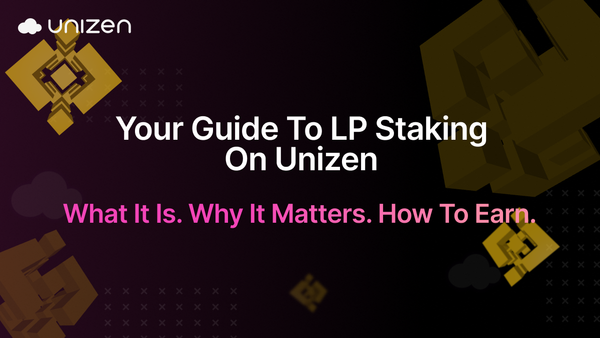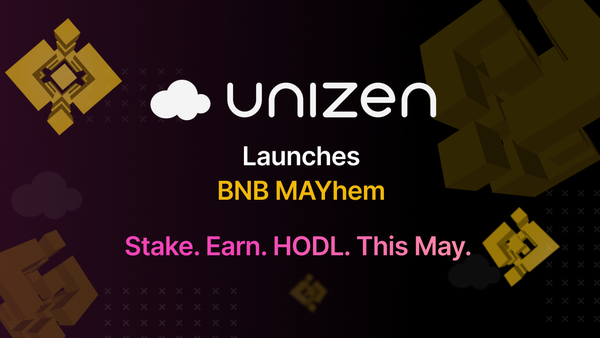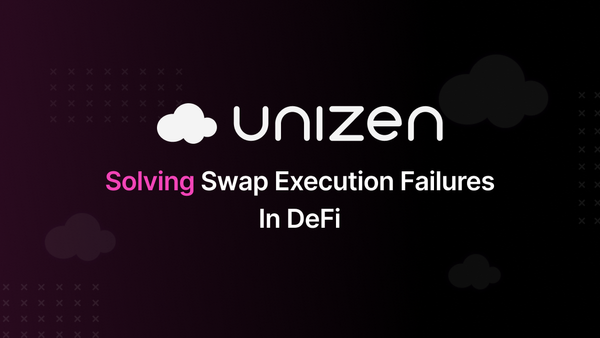How Does Tokenization Work to Protect Sensitive Data?
Discover how tokenization works. Learn about the process, benefits, and applications of tokens in sensitive data protection and blockchain technology.
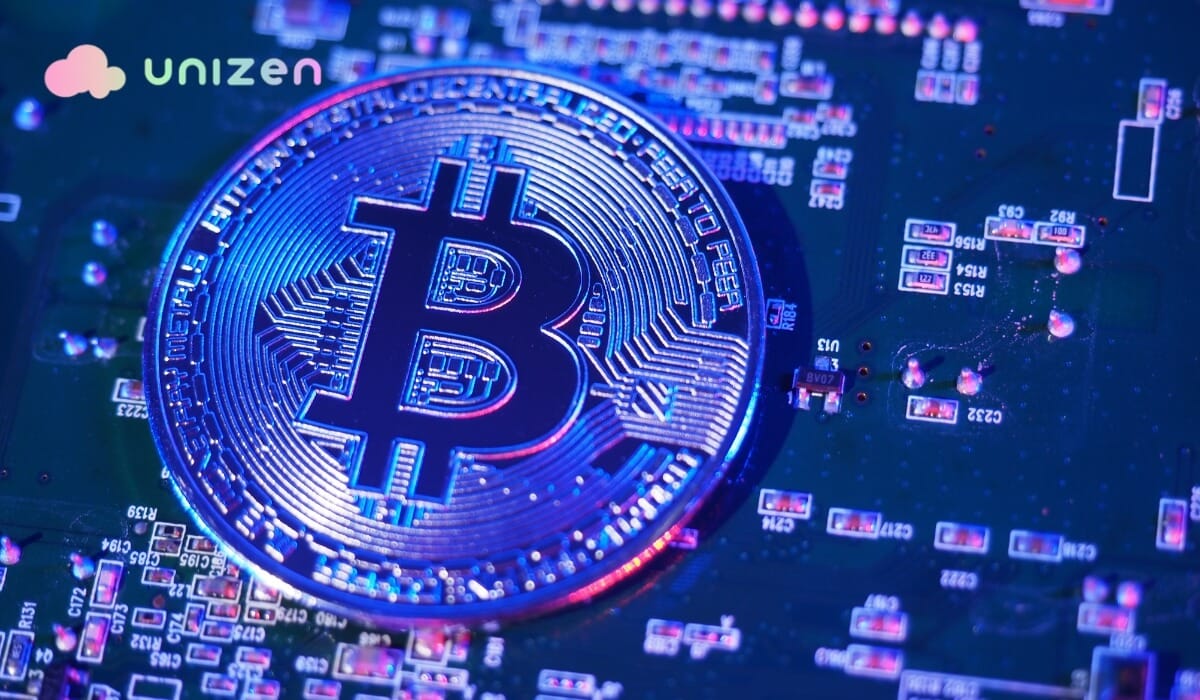
In an age when cyber threats are lurking around the corner, data protection has never been more important. Tokenization is the process of substituting real data, such as credit card details, with a group of symbols that do not contain any value when used in a context different from the original data. How does tokenization work? It entails partitioning of the sensitive information into tokens by the use of certain algorithms or even random generation. These tokens are used to replace the original data, and these tokens are only linked to the original data through a secured database known as the token vault, ensuring the safety of cardholder data. This makes it possible that even if there is an interception of the tokens, it will be impossible to extract the main data.
For example, in credit card tokenization, a card number is replaced by a token when in the process of the transaction. It is transferred and kept alongside while the original data is kept safe and sound in the token vault. This approach greatly reduces the threats of cyber attacks, as the hackers don’t possess the tokens without possessing the vault. Tokenization as a method finds the greatest popularity in payment services, healthcare, and others where data protection is a primary concern. Such platforms as Unizen are the driving force in the development of tokenization solutions, as well as ensuring secure storage and integration with blockchain products.
Data Encryption vs. Tokenization
Data encryption and tokenization are two forms of data protection methods that have distinct processes in their work. Encryption is the process of converting original data into an incomprehensible form with the help of a certain algorithm and a key. To decrypt and read the data, the right key is used and therefore, only authorized people have access to it. However, data encryption is still unsafe since it can be decrypted when the key is wrongfully accessed, unlike tokenization, which replaces sensitive data. Encryption is best applied to data that is in transit or at rest and is employed widely in almost all sectors to guard data.
Tokenization, in turn, substitutes the actual data with equivalent values called tokens, which cannot be tied to the actual data beyond the tokenization table. In contrast to encryption, which uses a decryption key, the token itself cannot be directly derived from the actual data. This makes tokenization a more secure option where data breaches are perhaps a potential issue. In general, the use of tokenization is considered more favorable to payment systems and industries in which data security and compliance are critical than encryption.
Types of Tokenization
Here are the various types of Tokenization used by service providers in the payment card industry:
Static vs. Dynamic Tokenization
Static tokenization is used in cases when a token created for a definite value of the data field does not change throughout the process. This type is normally implemented in cases where the same data type has to be utilized across various systems- for instance, in a database index or regular financial operations. For example, customer incentive plans in retail require the use of static tokens in attempting to store reward details while ensuring the protection of customer information.
Nonetheless, static tokens are relatively more insecure because they do not change, and if they get into the wrong hands, they may be decoded into the original data. Dynamic tokenization, on the other hand, creates new tokens every time the token is used or during a session. Such tokens expire soon or are applicable within a fixed transaction, which makes them more secure than other tokens. Dynamic tokenization is used in payment processing where individuals perform one-time debit card transactions; even if the token is relayed, it is useless for the second transaction. For instance, popular payment processors employ dynamic tokens to prevent fraudulent activities and to pass customers' credit card data the moment they make purchases online.
Format Preserving Transformation
As it is implemented, FPT ensures that the format and size of the token to be used corresponds accurately to the original data hence benefiting legacy databases or conversion systems that require format compatibility. FPT is used in financial institutions to introduce tokenization to account numbers or social security numbers, for example, without having to modify database structures. It makes it possible for these institutions to meet set standards such as PCI DSS without having to minimize interaction with the existing systems, ensuring compliance with payment card industry data security.
For example, in the healthcare domain, FPT is used to tokenize personal patient identifiable information such as medical record numbers to allow the safe incorporation of the data into EHRs. Hospitals tokenize their patient ID to ensure that it conforms to HIPAA compliance requirements, for the protection of data during medical billing and claims. This approach is adaptive and secure, promoting efficiency on various platforms, within and between operating networks.
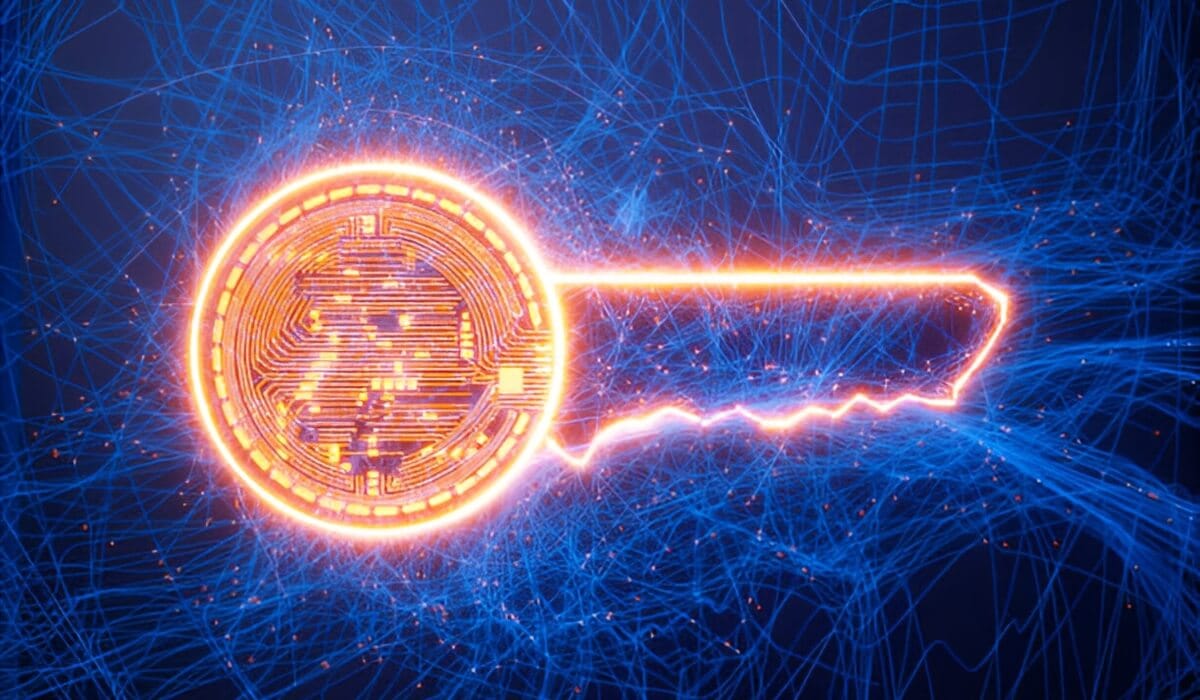
Benefits of Tokenization
Data confidentiality is crucial in modern society, where information technology leads to a paramount place. The incorporation of tokens has several primary advantages that make tokenization a viable solution for today’s security concerns.
The improvement of security and data protection
Tokenization entails replacing the desired data with tokens, which are unremarkable or cannot be abused by hackers. These tokens merely contain references to these data as the actual data is stored in a token vault that cannot be accessed by anyone other than its owner. While encryption uses decryption keys that can easily simply be obtained by forensics, tokenization ensures that intercepted tokens cannot be easily decoded. That makes it most suitable for protecting vital information with high-risk factors like credit card information, personal information, and health records. By providing access only to a restricted number of records, tokenization contributes greatly to improving an organization’s information protection strategy.
Compliance with Regulations
Tokenization remains a critical process in assisting businesses to achieve compliance with measures in laws that protect data from unauthorized or unlawful processing, collection, disclosure, or other prohibited activities such as GDPR and PCI-DSS. For such regulations, very high-security measures are expected for any such data, and tokenized data is often excluded from the scope of an audit.
As an example, PCI-DSS compliance means merchants are to protect credit card data, while unstructured data is not regarded as sensitive in cases when it is tokenized. This helps businesses store and process data with the greatest ease and also ensures the data being stored is immensely secure. Tokenization, when applied, will help organizations show that steps are being taken to protect customer data and, therefore, minimize penalties and fines arising from failure to meet the stated rules.
Reduction in Data Breach Risks
Tokenization is a very effective way to reduce the risk of losses connected with data breaches. Tokens are just symbols, and without the token vault, the token vault, which is kept in a separate location, is protected against unauthorized access in every imaginable way. As the tokens are stored in a machine containing the tokens, the attackers are locked out from extracting or utilization of the data.
This strongly minimizes risks of a breach, including, but not limited to financial loss, legal consequences, and brand damage. In addition, tokenization helps to guarantee that businesses can cope with such incidents and regain the trust of their clients in as short a time as possible. As such, the application of tokenization to decrease the value of stolen data forms a major line of defense against cyber criminals.
Challenges and Limitations
Tokenization is safe, or it provides a secure way for implementing a specific concept; however, the integration of tokenization is not that easy. Some of the challenges include:
Potential Technical Issues of Implementation
The practical application of tokenization can be a technical challenge, mainly when it is applied on a large scale or in old systems. There is one challenge that comes with the tokenization process: the presented tokens have the potential to reduce the system throughput, particularly in environments where timely transactions are required. Furthermore, tokenization needs a strong token vault that maintains the mapping of tokens to the sensitive data and becomes the single point of risk in case of failure. Another challenge of scalability is that as the number of tokens to store or the frequency of retrievals increases, the corresponding need for more substantial and continued investments in infrastructure is needed to meet this need efficiently.
Regulatory and Compliance Issues
Tokenization should meet diverse regulatory and compliance standards, including the PCI DSS, GDPR, and HIPAA. These regulations overwhelm tokenization solutions because they provide stringent standards for data storage, encryption, and access management. Non-compliance, however, can lead to severe penalties, such as reputational loss and loss of clients. Moreover, different nations having different laws regarding such operations can be a true headache to international companies involved in international business; the attempts to create a unified system of tokenization all over the world might face several obstacles.
Interoperability with other Systems
On the downside, implementing a new layer of tokenization in existing systems can be a complex endeavor and force a major reworking of processes. Thus creating new challenges of compatibility and integration. More specifically, legacy systems might not even have the necessary flexibility or the requisite APIs to accommodate tokenized data and may require complete redesign or major modification. Also, tokenization may lead to problems for businesses when integrating with other systems—be it analytical systems or third parties. These challenges are likely to delay and/or increase the costs of implementation of the solutions, as well as cause disruptions to business.
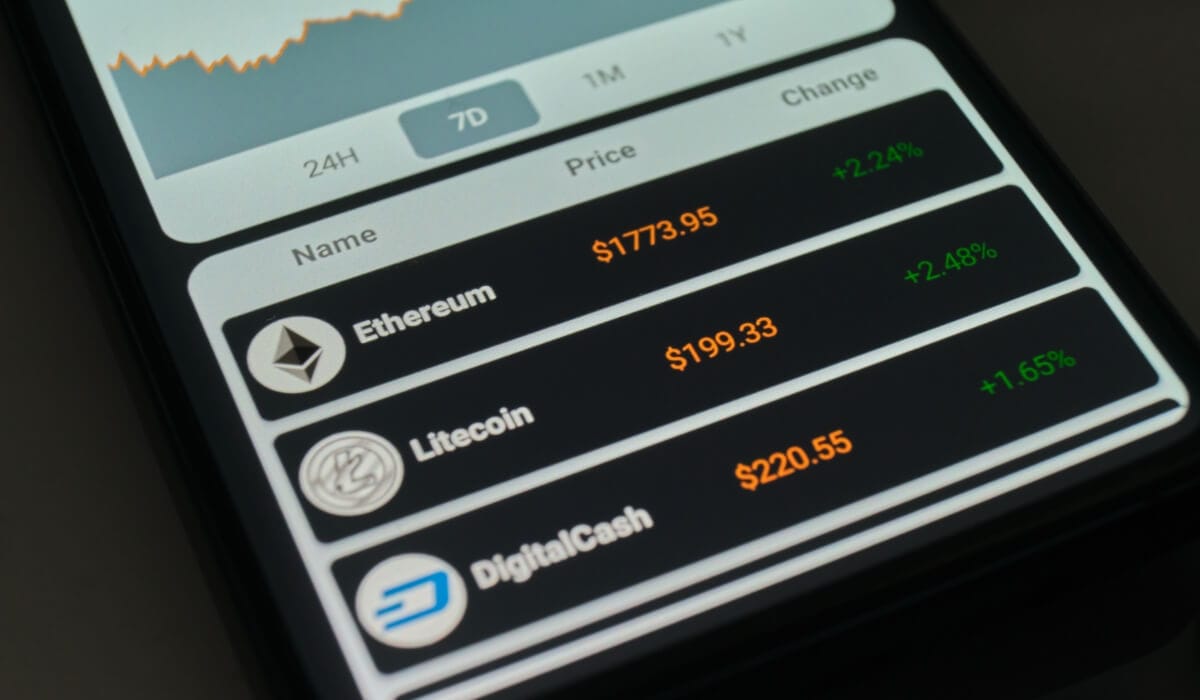
Tokenization in Financial Services
Here is how tokenization functions in financial services to protect sensitive payment information:
Role in Digital Payments and Asset Management
Tokenization is a crucial aspect of digital payments because it offers an extra line of defense in check transactions. And as applied to payment processing, it presupposes that the original data which are to be protected are replaced by non-sensitive values. This token is particular to every transaction and as such is ineffective when intercepted, providing a robust layer of security for cardholder data. In the course of the growth of digitization or adoption of digital payments, tokenization helps firms and businesses adhere to the set regulatory industry rules and standards, such as the PCI-DSS a, and reduce the probability of fraud.
When it comes to assets, tokenization is gradually finding application in generating tokenized assets such as real estate, securities, and commodities. For instance, their platform, Unizen, is utilizing blockchain to create mechanisms for tokenization, which essentially allows the creation and utilization of tangible tokenized assets. These tokens offer a possibility to divide ownership and transfer more frequently than is possible with conventional assets in, for instance, the real estate or art markets, which are characterized by low volumes of trading.
Effect on the Financial Industry Services
The Tokenization process plays a very notable role in the infrastructure of financial services by improving security, compliance, as well as operational aspects, particularly regarding payment card industry standards. Normal data storage methods have lots of security measures to ensure the data entered is secure, but for tokenization, the financial institutions only store tokens in place of real data hence minimizing the security threats.
This is something that erases the chances of increasing costs and immense challenges notably in managing compliance with strict data protection laws. Furthermore, tokenization leads to safer global transactions to be executed as the data are tokenized, they can be easily swapped, and there is no need to undergo many data authenticity tests. In general, tokenization contributes to the enhancement of the structure to meet the needs of today’s financial activities in terms of size, efficiency, and security.
Examples of Financial Institutions Adopting Tokenization
Tokenization is also rapidly being incorporated into the industry, especially by large financial centers and payment providers. For example, both Visa and Mastercard have developed tokenization systems to protect card transactions, wherein card information is substituted with tokens unique to the merchant or every transaction. In the field of asset management, there are voices like Fidelity or JP Morgan who are interested in the tokenization of assets for more effective trading and ownership solutions.
Tokenization is also used in Ethereum and other blockchain projects where different assets are also tokenized and also in decentralized funding and new forms of investing. Companies leading this revolution include Unizen who provide business-driven digital asset ownership that is approachable, secure, and compliant through integrated blockchain capabilities. Such applications illustrate the increasing relevance of tokenization in safeguarding such transactions and enhancing the population’s financial inclusion.
Future Trends and Developments
Possible classifications which may be handy in the future trends and developments include:
New Technologies and New Developments
Tokenization is advancing in parallel with different new technologies such as artificial intelligence (AI), machine learning (ML), and blockchain. These technologies help increase the effectiveness and security of the tokenization industry. Advanced AI and ML approaches are also being harnessed for optimizing tokenization procedures for high accuracy and processing efficiency in real-world data security applications.
Tokenization, on the other hand, can become even more secure on the blockchain platform because it is far more independent and can have access to records of token exchange. Unizen shows how blockchain is being used to render tokenization solutions that are safe and more efficient as they improve operations within various sectors. These technologies assist organizations in securing their sensitive information and managing many different business processes, enhancing tokenization's effectiveness and flexibility.
Predictions for the Future of Tokenization
It is projected that over the near future, tokenization will play a significantly heavier role in these industries, which include finance, health, and retailing. This is due to the increasing pressure for data privacy around the world, which will boost the need for tokenization solutions. Tokens can also be better managed through the use of dispersion of predictive analytics that is based on artificial intelligence; it would also monitor vulnerability in real time. Furthermore, work in quantum technology might present new problems while offering opportunities to generate even more sophisticated tokenization solutions through the application of quantum computing. Tokenization is expected to be a default safeguard for the increasing volume of data being generated across industries as it brings scalability and resilience to safeguard information as cyber threats advance.
Possible Effects Across Different Fields
Tokenization will revolutionize sectors that involve the movement of significant assets, such as finances, healthcare, and e-commerce. For example, Unizen is continuously involved in trying to transform these industries by offering tokenization solutions that guarantee secure cross-border transactions and improved data authenticity. Tokenization is highly applicable in the financial sector, where adoption may decentralize recurrent payment methods and lower fraud levels, particularly regarding payment information.
Due to strict global data protection laws like HIPAA, it would be feasible for healthcare systems to use tokenization and attain security for their records. The last area of e-commerce in which the occurrence of tokenization will persist is payment security and the prevention of fraud. Also, as tokenization is embraced more and more, the safety and efficiency of cross-border transactions will be greatly enhanced at the same time, benefiting service providers. The two will result in a safer and more efficient economy for data with security considerations that meet user experience considerations.
Conclusion
In the era of ever-growing data leaks and privacy issues, tokenization provides a solid safeguard for personal data. How does tokenization work? It minimizes the exposure of sensitive data through the use of tokenization, which uses unique tokens that do not have any incidences of an original value in the information system. In the future, with further development of tokenization technology, additional technologies such as AI, machine learning, and blockchain will act as ideal complements to improvement of its security and efficiency. Being an essential aspect of finance, healthcare, and retail industries, tokenization will continue to guarantee data protection and generate credibility in digital transactions across multiple years ahead.
